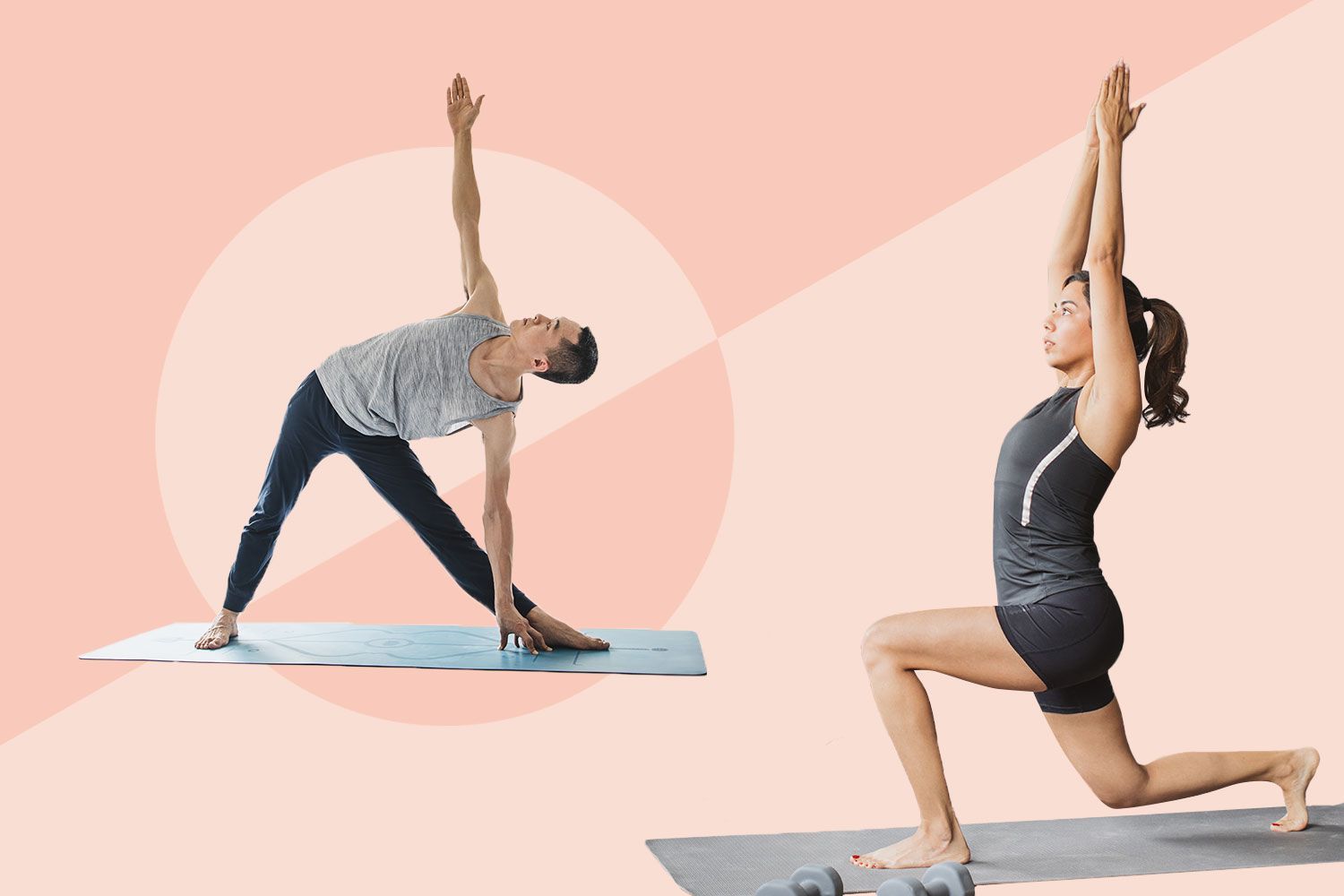How to Calculate Calories Burned During Exercise

Verywell / Photo Illustration by Sabrina Jiang / Getty Images
The number of calories you burn during exercise will depend on age, gender, weight, and current activity level. A simple calorie burn calculator is useful when understanding how your activity level affects the number of calories you burn during exercise.
Calories Burned By Activity Calculator
Use this simple calorie burn calculator by choosing your activity, enter how long you performed the exercise, and add your weight. Though you're burning calories normally throughout your day, exercise can help boost your metabolism. The amount of calories depends on the type of exercise and duration.
It is important to note that calculators have an activity MET (metabolic equivalent for task) built-in. This number estimates how much energy the body uses during a specific activity. It varies based on activity and is standardized so that it can be used by anyone for a variety of activities.
For example, low-impact aerobic dancing (5 METs) burns fewer calories per minute compared with high-impact aerobic dancing (7 METs). Slow-paced walking (3 METs) burns fewer calories than speed walking. If you do not have a calorie burn calculator, you can use the formula to determine how many calories your activities burn.
Calories Burned Formula
Total calories burned = Duration (in minutes)*(MET*3.5*weight in kg)/200
Other Options to Calculate Calories Burned
Other options for calculating calories burned include using a wearable activity tracker or data from machines at the gym. In addition, you can calculate your total energy expenditure (TEE) by knowing your basal metabolic rate (BMR), the thermic effect of food (TEF) you eat, and your general activity level.
We've tried, tested, and reviewed the best fitness trackers. If you're in the market for an activity tracker, explore which option may be best for you.
Accuracy of Calorie Burn Calculators
Keep in mind that a calorie burn calculator provides an estimate and will not be exact. The only way to get a truly accurate number is at a lab with machines that measure everything from your VO2 max (maximum oxygen uptake) to your maximum heart rate. Wearing a heart rate monitor consistently will allow you to note long-term trends.
Use your estimate of calories burned as a base point to track your workouts.
While numbers from calorie burn calculators and activity trackers are not 100% accurate, you will see which activities tend to burn more calories. You can tweak your workouts to ensure you are meeting your fitness goals.
Other Calorie Burn Factors to Consider
A calorie burn calculator doesn't take into account all factors that influence exercise intensity such as:
- Age: The older you are the more challenging it becomes to hit high-intensity activity levels.
- Body Composition: A person with more muscle burns more calories at rest than a person with high body fat.
- Temperature: The warmer the environment you're working out in, the more calories you will burn. Heat raises your core body temperature so you do not have to warm up as much, and more energy can be directed toward calorie burn. You can also exercise longer but be cautious not to overdo it to the point of heat exhaustion.
- Fitness Level: An experienced exerciser will burn fewer calories because their body has become more efficient at exercise.
- Diet: Your metabolism is the rate at which your body burns calories, and is directly affected by diet. Your metabolism will dip and negatively affect calorie burn without proper food as fuel.
- Sleep: Not getting adequate sleep can cause you to burn fewer calories. Not only will you feel more fatigued and possibly exercise less, but a lack of sleep can also reduce your metabolism.
- Oxygen Intake: Oxygen gives your body the energy to keep going. People who breathe heavily during their workout tend to burn more calories. It indicates that you're working harder and for every liter of oxygen you take in, you're burning 5 calories.
A Word From Verywell
When first understanding how to calculate calories burned during exercise, there's no need to overwhelm yourself with numbers. Try to focus on the goals of staying active.
If you add something new, run it through the formula to determine whether it will allow you to meet your health and fitness goals.
The Compendium of Physical Trackings Guide. Prevention Research Center, University of South Carolina.
Bushman B PhD. Complete Guide to Fitness and Health 2nd Edition. American College of Sports Medicine. Human Kinetics. 2017.
Hills AP, Mokhtar N, Byrne NM. Assessment of physical activity and energy expenditure: an overview of objective measures. Front Nutr. 2014;1:5. doi:10.3389/fnut.2014.00005
Del coso J, Hamouti N, Ortega JF, Mora-rodriguez R. Aerobic fitness determines whole-body fat oxidation rate during exercise in the heat. Appl Physiol Nutr Metab. 2010;35(6):741-8. doi:10.1139/H10-068
Broussard JL, Ehrmann DA, Van cauter E, Tasali E, Brady MJ. Impaired insulin signaling in human adipocytes after experimental sleep restriction: a randomized, crossover study. Ann Intern Med. 2012;157(8):549-57. doi:10.7326/0003-4819-157-8-201210160-00005
McColl P. 5 things to know about metabolic equivalents. American Council on Exercise. 2017.
- McArdle WD, Katch FI, Katch VL. Exercise Physiology: Nutrition, Energy, and Human Performance. 8th ed. Philadelphia, PA: Lippincott Williams & Wilkins; 2015.
:max_bytes(150000):strip_icc()/PaigeNew-594a893c3df78c537b843956.jpg)
:max_bytes(150000):strip_icc()/GettyImages-573105541-569e96b03df78cafda9da52e.jpg)
:max_bytes(150000):strip_icc()/anaerobic-metabolism-3432629-0123-b95b8056a3db4e67885aa491a7f163c8.jpg)
:max_bytes(150000):strip_icc()/Web_1500-About-17-3120456-Lateral-Band-Walking01-237-41c6d57dfe2549b68d6f35e962206f78.jpeg)
:max_bytes(150000):strip_icc()/lifting-dumbbells-together-509044110-ea5d108e0133479bb416c9251075b997.jpg)
:max_bytes(150000):strip_icc()/Web_1500-Verywell-42-3498282-BearCrawl02-1666-1e918cc7f05a4e2c99e79101cc3217d4.jpeg)
:max_bytes(150000):strip_icc()/GettyImages-9720327901-d92322e6c0454d298ae0d43da9eb3b61.jpg)
:max_bytes(150000):strip_icc()/GettyImages-1058166994-a46e1dbbc8bb43ce80bcae5da4ea13d9.jpg)
:max_bytes(150000):strip_icc()/GettyImages-692259610-8cca8c606146487d9a19c01d910ace35.jpg)
:max_bytes(150000):strip_icc()/easy-weight-loss-workouts-for-beginners-3495986-2433-c2876fa4320745c88df246c239e17590.jpg)
:max_bytes(150000):strip_icc()/heart-zone-training-3432619-2378-472a3028e21b4337b57e014fa5d5a2ad.jpg)
:max_bytes(150000):strip_icc()/lactate-threshold-training-3120092-1585-f21d5aeeefc04a1abee769add6197318.jpg)
:max_bytes(150000):strip_icc()/GettyImages-470623305-d43d4146d97c4c469e7022915c611d89.jpeg)
:max_bytes(150000):strip_icc()/Web_1500-Verywell-25-2696611-BallBridgeFlexion02-1829-68d029457b084b29970b6b73f7efba96.jpeg)
:max_bytes(150000):strip_icc()/FINAL_VWFitFitnessAnnotations10-5b895ce646e0fb00508badf0.jpg)
:max_bytes(150000):strip_icc()/9-1231328-side-lunge-with-kettlebell-lift-GIF1-2afbdb2231ac467e9547ceef6f873185.jpg)
:max_bytes(150000):strip_icc()/48-Standing-Calf-Raises-GIF-c3d4a4d22ebd47028cd3af24f642f6d2.jpg)